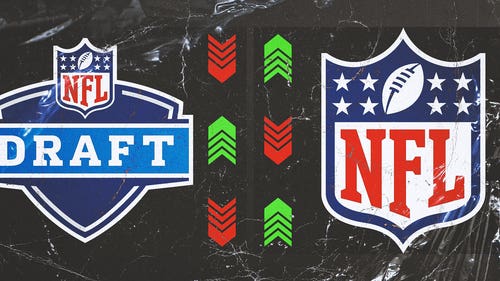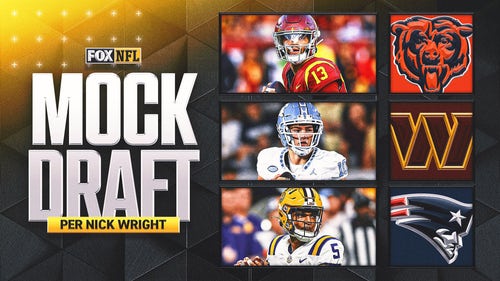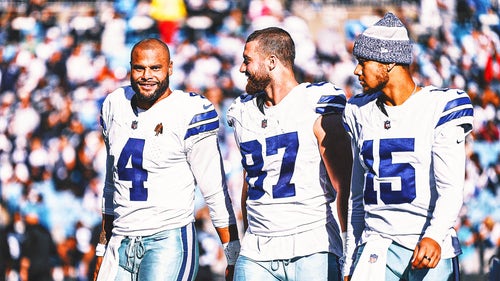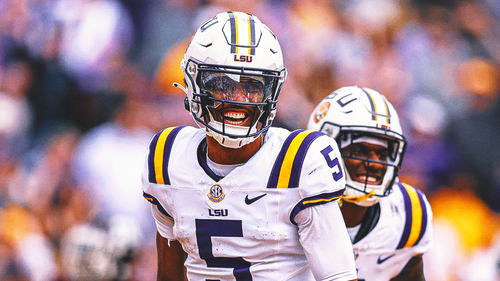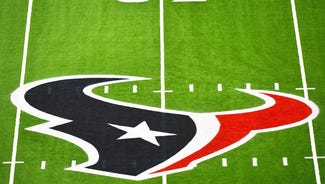
Oakland becomes redemption city
Carson Palmer hasn’t just changed teams.
He’s also landed on the NFL’s version of Survivor: Redemption Island.
Those who believe the Oakland Raiders overpaid in Tuesday’s trade with Cincinnati — a 2012 first-round draft pick and a first- or second-rounder in 2013 depending on playoff performance — will point to Palmer’s uneven play last season. They will claim 2008 elbow surgery has robbed Palmer of the arm strength that earned him the “Human JUGS Machine” nickname touted by my FOXSports.com colleague Adam Schein. They will say the 31-year-old Palmer is a declining quarterback whose career arc is far closer to that of the recently benched Donovan McNabb than a fellow graybeard like Tennessee’s Matt Hasselbeck, who was rejuvenated by a scenery change.
Hue Jackson will not only tell you differently. Thanks to the legacy left behind by late team owner Al Davis, the Oakland Raiders head coach has proof to back his words.
Although his franchise had slipped in recent years, Davis was rebuilding it by resurrecting the careers of some high-profile castoffs. The first player who comes to mind is defensive end Richard Seymour. Like Palmer, Seymour was another former Pro Bowl selection whose best days were thought behind him when he was traded from New England in 2009 for a first-round draft pick. Seymour has continued to perform at a high level and added sorely needed locker-room leadership.
Jackson can cite plenty of similar examples as well. Nine other Raiders were first- or second-round draft choices elsewhere. All are either starters or top backups in Oakland, excluding quarterback Jason Campbell, whose broken collarbone was the impetus for the Palmer trade.
The Raiders didn’t have to surrender much for their services in trades or free agency either.
Starting center Samson Satele was stolen from the Miami Dolphins for a sixth-round draft choice. Kamerion Wimbley — Oakland’s best outside pass rusher — cost the Raiders a meager third-round pick in a deal with Cleveland. Jarvis Moss, a first-round washout in Denver, has shown signs of life as part of Oakland’s defensive line rotation after signing a one-year, $1.25 million contract in July.
“Sometimes, it’s the changing of an environment or a (scheme) or even a coaching style that will give players an opportunity to have their talent showcased,” Jackson said. “We’ll continue to give people opportunities as long as it’s the right fit for the organization.”
The latest reconstruction project is linebacker Aaron Curry, who was acquired last week from Seattle for a 2012 seventh-round pick and conditional fifth-rounder in 2013. With the Seahawks, Curry never proved worthy of being the No. 4 overall selection in the 2009 draft.
Jackson, though, raved about Curry’s three-tackle effort when thrust into the starting strong-side spot in last Sunday’s 24-17 win over Cleveland. During a Tuesday night interview with me and co-host Jim Miller on Sirius XM NFL Radio, Jackson described Curry as a “tremendous player” — which is surely news to the Seahawks — and also proclaimed, “I knew what we traded for is what we’re getting.”
“You take a guy who practiced one day and he was in the game running sideline to sideline putting his hat on people making plays and tackles,” said Jackson, who has become Oakland’s de facto general manager following Davis’ passing. “He shed blocks and did all the things that people said he couldn’t do that I saw on tape he could. He’s doing them and doing well.”
The Palmer and Curry acquisitions follow the modus operandi of Davis, who died earlier this month at the age of 82. Long after he pulled two-time Super Bowl-winning quarterback Jim Plunkett off the NFL scrapheap, Davis remained fascinated by first-round picks who were considered on their last legs or failed to fulfill expectations with the team that drafted them.
According to esteemed former Dallas Cowboys executive and Davis confidant Gil Brandt, this was his friend’s philosophy: “There is a reason these players were picked in the first round. The key is finding out what they were doing wrong wherever they were at and fixing it.”
“It’s not like we’re the dump pit,” Jackson said. “But (Davis) had a history of rehabilitating players who when they come here play great.”
It now falls upon Jackson to rehabilitate Palmer. His decision-making must improve from his 20-interception campaign in 2010. The same goes for his footwork, which Palmer has blamed for some of his accuracy issues. Palmer also must do this while trying to: A) learn a new offensive system; B) readjust to the speed of NFL practices and games after being off the field since the end of last season; and C) build chemistry with his receivers as Oakland (4-2) tries to push for its first AFC West title in almost a decade.
No easy task, but Jackson is so confident this can be accomplished that he called the Palmer deal “the greatest trade in football” at a Tuesday news conference.
“The terminology he’ll be familiar with,” Jackson said. “Some of the stuff he knows stone cold. Some stuff he’ll have to get used to again.”
“He will do everything I know that we ask of him. He will work extremely hard. I have no doubt about that. But he also knows I can be that little person in his ear telling him we’ve got to get this done. There’s not another player in my opinion who would be up more for this challenge than him.”
“If Davis were still here, would he have made this trade?” was the question posed in a thought-provoking column by FOXSports.com’s Greg Couch. Jackson has no doubt.
“We’re different maybe than the 31 other ball clubs,” he said. “We do it the Raiders way.”








































































































































